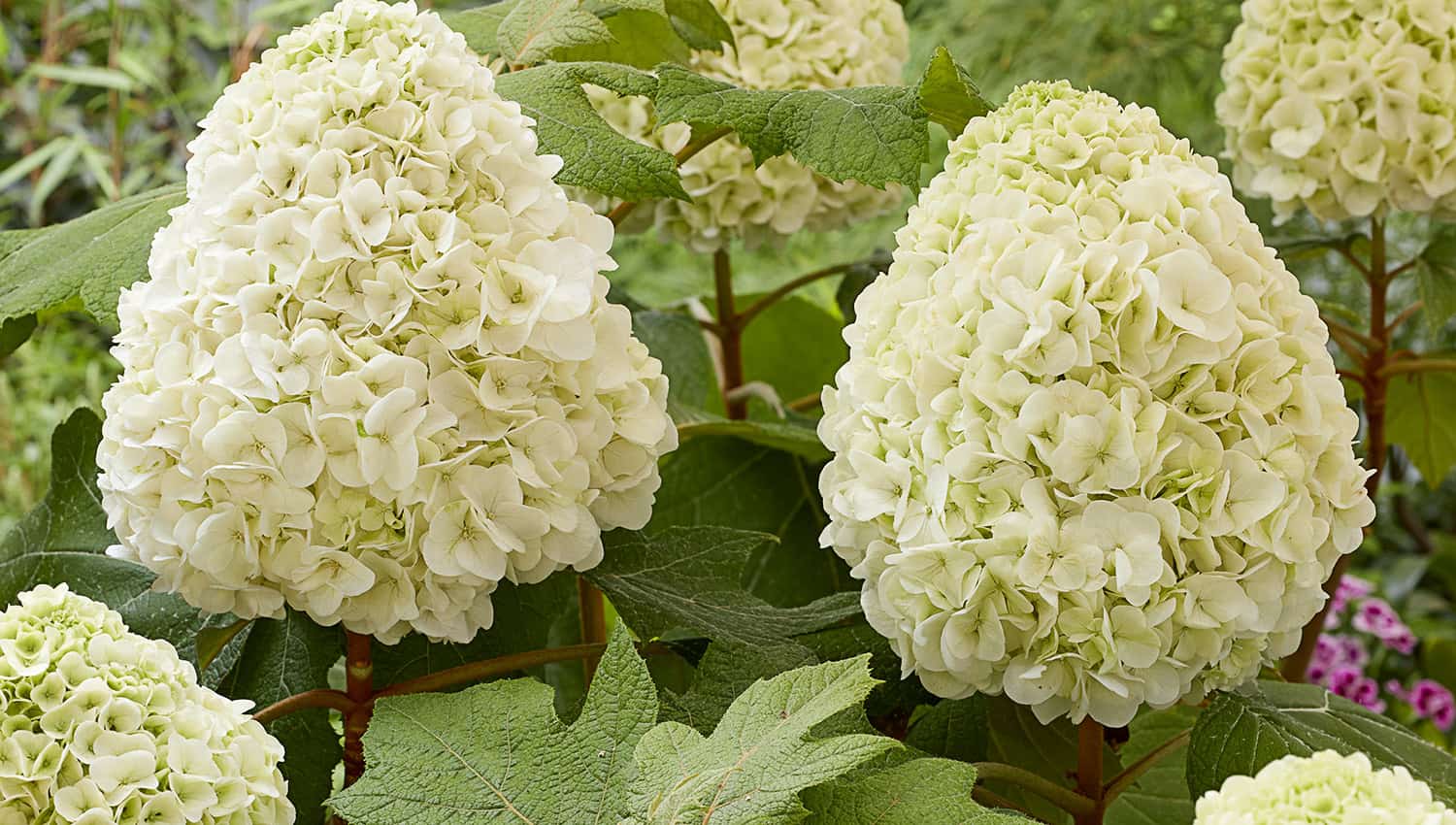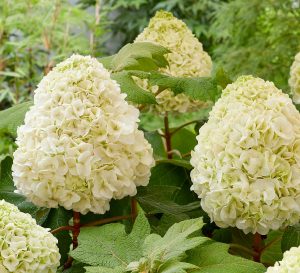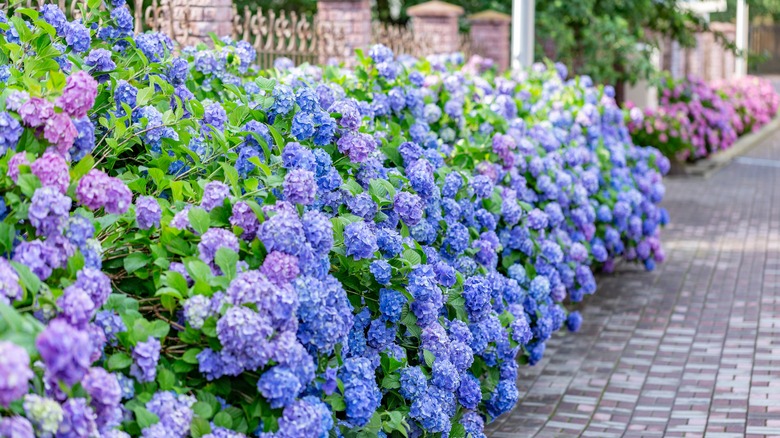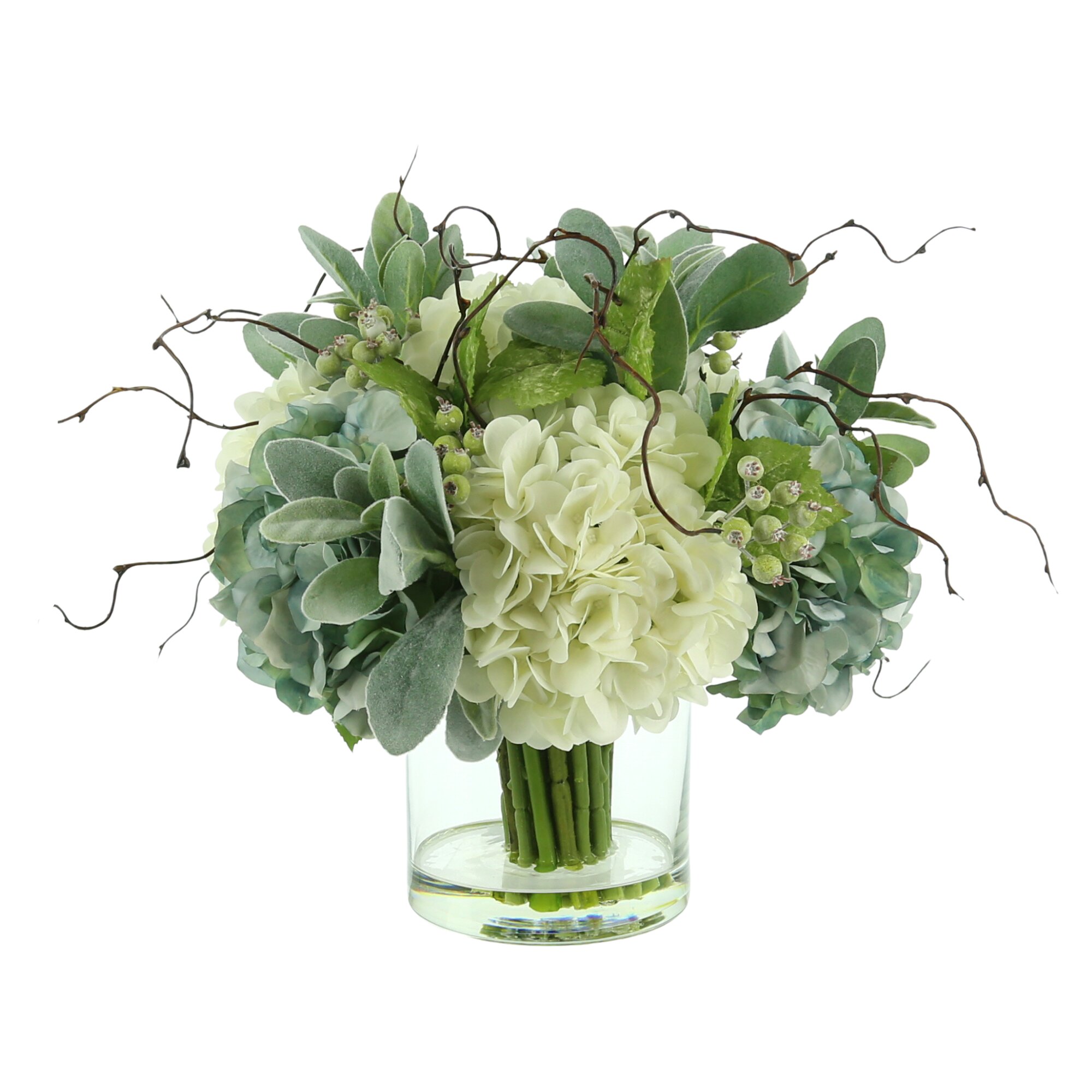Tara Hydrangea: The Ultimate Guide To Growing And Caring For This Gorgeous Flower
Tara Hydrangea: The Ultimate Guide to Growing and Caring for This Gorgeous Flower
Tara hydrangeas are a beautiful and popular flower that is known for its large, showy blooms. They are relatively easy to grow and care for, making them a great choice for gardeners of all levels of experience.
In this blog post, we will provide you with the ultimate guide to growing and caring for Tara hydrangeas. We will cover everything from choosing the right location to planting and fertilizing. We will also discuss common pests and diseases, and how to prevent them.
By the end of this post, you will be an expert on Tara hydrangeas and will be able to grow your own beautiful blooms.
Choosing the Right Location
Tara hydrangeas prefer full sun to partial shade. They will tolerate full sun in cooler climates, but they may need some afternoon shade in hot, sunny locations.
Tara hydrangeas also prefer well-drained soil. They will not tolerate soggy soil, so it is important to choose a location that drains well.
Planting
Tara hydrangeas can be planted in the spring or fall. If you are planting in the spring, it is best to do so as soon as the soil can be worked. If you are planting in the fall, it is best to do so at least six weeks before the first frost.
When planting Tara hydrangeas, it is important to dig a hole that is twice as wide as the root ball. The hole should also be deep enough so that the top of the root ball is level with the surrounding soil.
Backfill the hole with soil, tamping it down gently as you go. Water the plant thoroughly after planting.
Fertilizing
Tara hydrangeas do not need a lot of fertilizer. A light application of fertilizer in the spring will help to promote new growth and blooms.
You can use a balanced fertilizer, such as 10-10-10, or a fertilizer specifically formulated for hydrangeas.
Pests and Diseases
Tara hydrangeas are relatively resistant to pests and diseases. However, they can be susceptible to aphids, scale, and powdery mildew.
Aphids are small, soft-bodied insects that can suck the sap from hydrangea leaves. They can cause the leaves to wilt and curl. Scale insects are small, hard-shelled insects that attach themselves to hydrangea leaves and stems. They can cause the leaves to yellow and fall off. Powdery mildew is a fungus that can cause white, powdery spots on hydrangea leaves.
If you see any pests or diseases on your Tara hydrangeas, you can treat them with insecticidal soap or neem oil. You can also remove scale insects by scraping them off with a knife or rubbing alcohol.
Watering
Tara hydrangeas need regular watering, especially during the first year after planting. Once they are established, they will need less water.
Water your Tara hydrangeas deeply once a week. If the weather is hot and dry, you may need to water them more often.
Pruning
Tara hydrangeas do not need to be pruned heavily. However, you can prune them in the spring to remove dead or damaged branches. You can also prune them to shape the plant.
Winter Care
Tara hydrangeas are hardy in USDA zones 4-9. In colder climates, they may need some winter protection.
You can protect Tara hydrangeas from winter damage by covering them with a burlap sack or evergreen boughs. You can also mulch the soil around the plant with a layer of pine needles or straw.
Conclusion
Tara hydrangeas are a beautiful and easy-to-grow flower that can add a touch of elegance to any garden. By following the tips in this blog post, you can grow your own beautiful Tara hydrangeas.
The Tara hydrangea is a beautiful and versatile shrub that can be grown in a variety of settings. It is known for its large, showy blooms that can range in color from blue to pink to white. Tara hydrangeas are also relatively easy to care for, making them a good choice for even novice gardeners.
If you are interested in learning more about the Tara hydrangea, I recommend visiting the . This website provides a wealth of information about the plant, including its history, care requirements, and potential uses. You can also find photos of Tara hydrangeas in bloom, as well as tips on how to select the right variety for your garden.
FAQ of tara hydrangea
1. What is a tara hydrangea?
A tara hydrangea is a type of hydrangea that is native to Japan. It is a deciduous shrub or small tree that can grow up to 10 feet tall. Tara hydrangeas have large, showy flowers that can be white, pink, or blue. They bloom in the summer and fall.
2. What are the care requirements for tara hydrangeas?
Tara hydrangeas are relatively easy to care for. They prefer full sun to partial shade and moist, well-drained soil. They should be watered regularly, especially during the summer months. Tara hydrangeas can be pruned in the spring to shape the plant or to remove dead or diseased branches.
3. What are the different colors of tara hydrangea flowers?
The color of tara hydrangea flowers can vary depending on the soil pH. In acidic soil, the flowers will be blue. In neutral soil, the flowers will be pink. In alkaline soil, the flowers will be white.
4. How do I care for a tara hydrangea that is not blooming?
There are a few reasons why a tara hydrangea might not be blooming. One possibility is that the plant is not getting enough sunlight. Another possibility is that the plant is not getting enough water. Finally, the plant might not be getting the right nutrients. If you are unsure of the reason why your tara hydrangea is not blooming, it is best to consult with a gardening expert.
5. What are some common pests and diseases of tara hydrangeas?
The most common pests of tara hydrangeas are aphids, scale insects, and Japanese beetles. The most common diseases of tara hydrangeas are leaf spot, powdery mildew, and root rot. If you notice any pests or diseases on your tara hydrangea, it is important to treat them promptly.
Image of tara hydrangea
5 different images of "tara hydrangea" from Pinterest:
- Image 1: A close-up of a single tara hydrangea flower, showing the delicate petals and the vibrant blue color.

- Image 2: A full bush of tara hydrangeas, in full bloom. The flowers are a beautiful shade of blue, and the bush is covered in them.

- Image 3: A tara hydrangea bush in a garden setting. The bush is surrounded by other flowers, and the blue of the hydrangeas stands out beautifully.

- Image 4: A tara hydrangea in a vase. The flower is still in full bloom, and the blue color is vibrant.

- Image 5: A tara hydrangea leaf. The leaf is a deep green color, and it has a serrated edge.

Post a Comment for "Tara Hydrangea: The Ultimate Guide To Growing And Caring For This Gorgeous Flower"